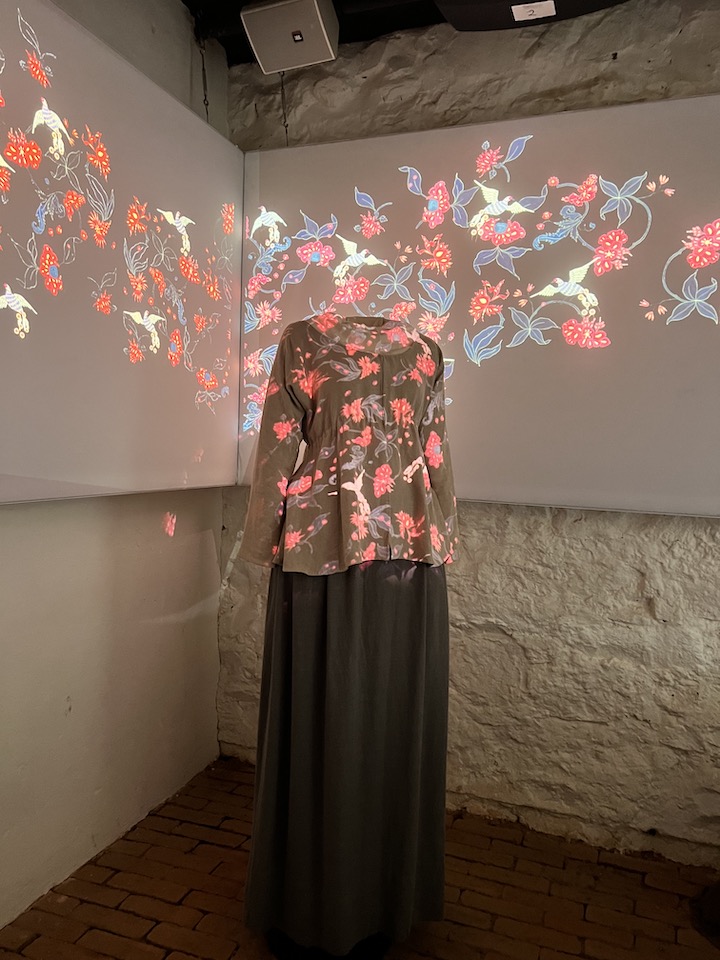When you think of Thomas Jefferson, what springs to your mind?
I must admit, my most immediate reference is the way he is portrayed as a dandy and dilettante in Hamilton the Broadway musical.
After that, I think about visiting Thomas Jefferson’s Monticello 14 years ago and being very impressed with the place.
We last visited as part of our DC trip in 2009 with extended family. It was a misty, rainy day in March and the grounds were enshrouded in fog so we didn’t get to take in the legendary Monticello views. Still, we enjoyed our tour of the house and grounds.
I left that day with a newfound admiration for Jefferson as a Renaissance man who had varied interests including art, science, architecture, international travel, cultural studies and so much more.
But it’s 2023 now, and times have changed. I don’t remember hearing much about the enslaved people of Monticello on that tour 14 years ago. However, when we visited TJ’s house again this spring during our Virginia trip, the stories and messages of Monticello had evolved dramatically to include those of the enslaved people who lived there.
Here are my lessons and takeaways from our visit to Monticello this year.
- The grounds and buildings of Monticello are a wonderful historical experience and worth visiting. The views from Thomas Jefferson’s mountain home are incredible. It’s a remarkable place and, not surprisingly, a UNESCO World Heritage site. However, it’s also a heartbreakingly sad place. All three of us in our party ended up crying at Monticello. Is it something in the soil or the air – or simply the energy of the place? We all had such a strong emotional response to it!
- Monticello is a heavy reminder of America’s troubled past and white supremacist beginnings. It’s difficult to reconcile the fact that the author of our country’s Declaration of Independence and one of our lauded “founding fathers” was also someone who enslaved more than 600 people throughout his life.
- I am so glad that the Thomas Jefferson Foundation has brought Monticello into modern times by updating all programs and tours to include the important stories of the enslaved people who lived and worked on the hilltop property and in the plantation’s surrounding fields. Kudos especially to the guides leading the “Slavery at Monticello” tour as they did an exceptional job.
- We were especially moved to learn the story of Sally Hemings, the enslaved young woman who was a handmaid to Jefferson’s daughter and subsequently taken by Jefferson as his mistress when she was about 15. By age 16, she was pregnant with their first child. Sally bore Jefferson multiple children who shared her status as enslaved people. Sally herself was never set free by Jefferson, but she did negotiate terms for the release of all her children when they each turned 21. Although she died before that happened, Jefferson was true to his word and did give each of her children their freedom.
- While the main house at Monticello is big and beautiful with brightly-painted rooms, walls of windows and skylights, plus all the unique innovations Jefferson brought home from Europe, his enslaved people’s quarters were tiny, plain and cramped. Enslaved families shared one-room cabins regardless of how many children they had. The enslaved people didn’t spend much time in their homes, of course, since they didn’t get many breaks and worked up to 14-hour days.
- Although Jefferson provided for his slaves better than most, he rarely considered their freedom. He spent his childhood with an enslaved person called Jupiter Evans. Jefferson inherited Jupiter, who served as his valet, became a skilled stonecutter and carved the large stone pillars at Monticello. The free labor, even of a trusted enslaved companion like Jupiter, was just too valuable to lose. Writing on Jupiter’s death, Thomas acknowledged the loss both emotionally and practically. “I am, sorry for him,” Jefferson wrote of Jupiter, “as well as sensible he leaves a void in my administration which I cannot fill up.”
- At Monticello, we learned that throughout his entire life, Thomas Jefferson was publicly a consistent opponent of slavery. Calling it a “moral depravity” and a “hideous blot,” he believed that slavery presented the greatest threat to the survival of the new American nation. Jefferson also thought that slavery was contrary to the laws of nature, which decree that everyone has a right to personal liberty. These views were radical in a world where enslaved, unpaid labor was the norm. These views also did not stop Jefferson from profiting from the work of more than 600 enslaved people at Monticello.
Bottom line, a visit to Monticello is a vivid reminder of just how deeply entrenched white supremacy and racist beliefs are in the very foundation of this country.
Thomas Jefferson was clearly not a bad man – and in fact, was pretty amazing in many ways – yet he was not willing to stop participating in and benefiting from slavery even though he knew in his heart it was wrong. That hypocrisy left a bad taste in my mouth and an ache in my heart. I’m glad we went to Monticello and got the full story this time – but I’m not sure if I would want to visit again.
Have you visited Monticello in recent years, and what did you think of it? As always, I’d love to hear your thoughts in the comments below or over on Facebook or Instagram.




